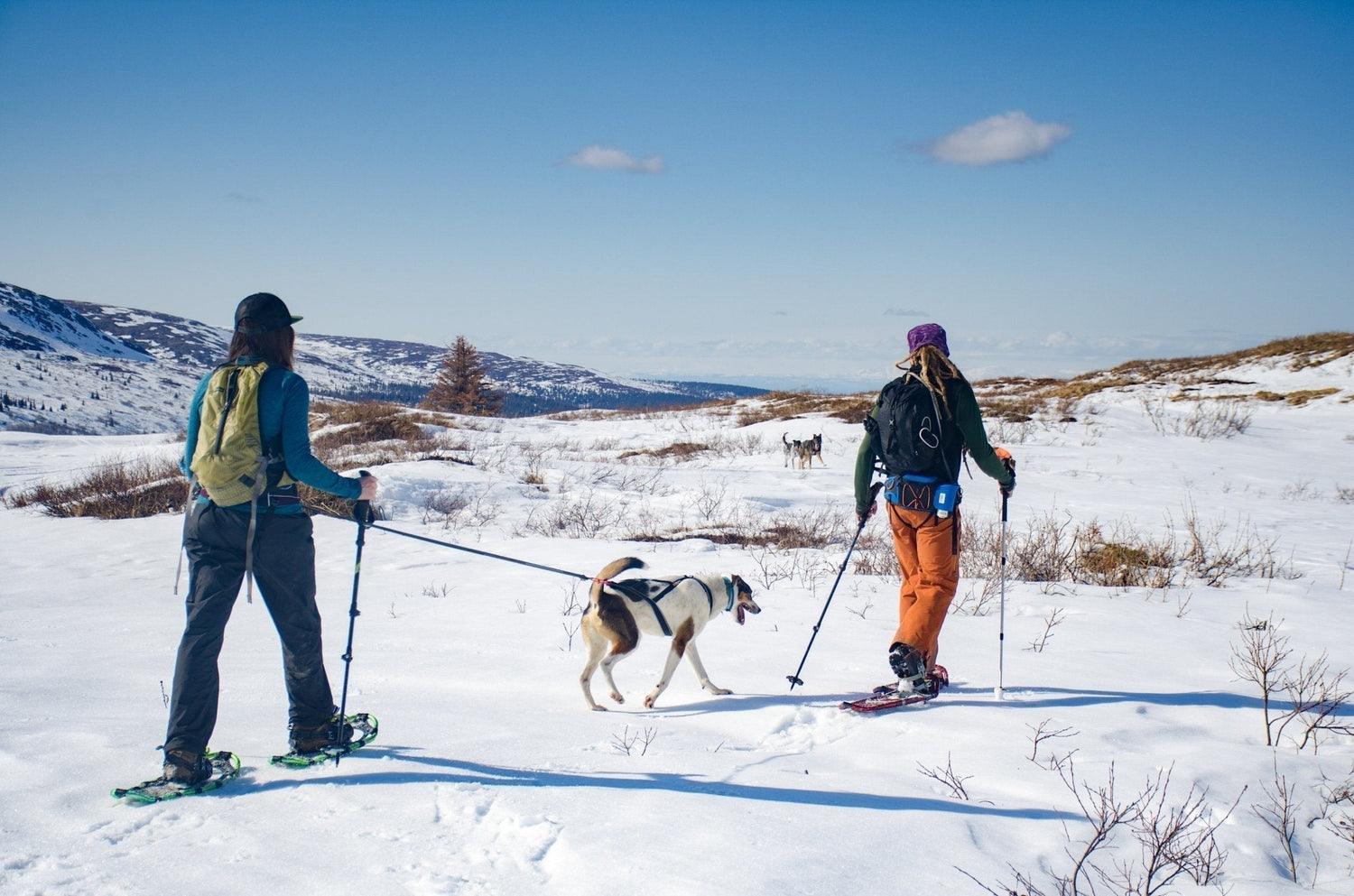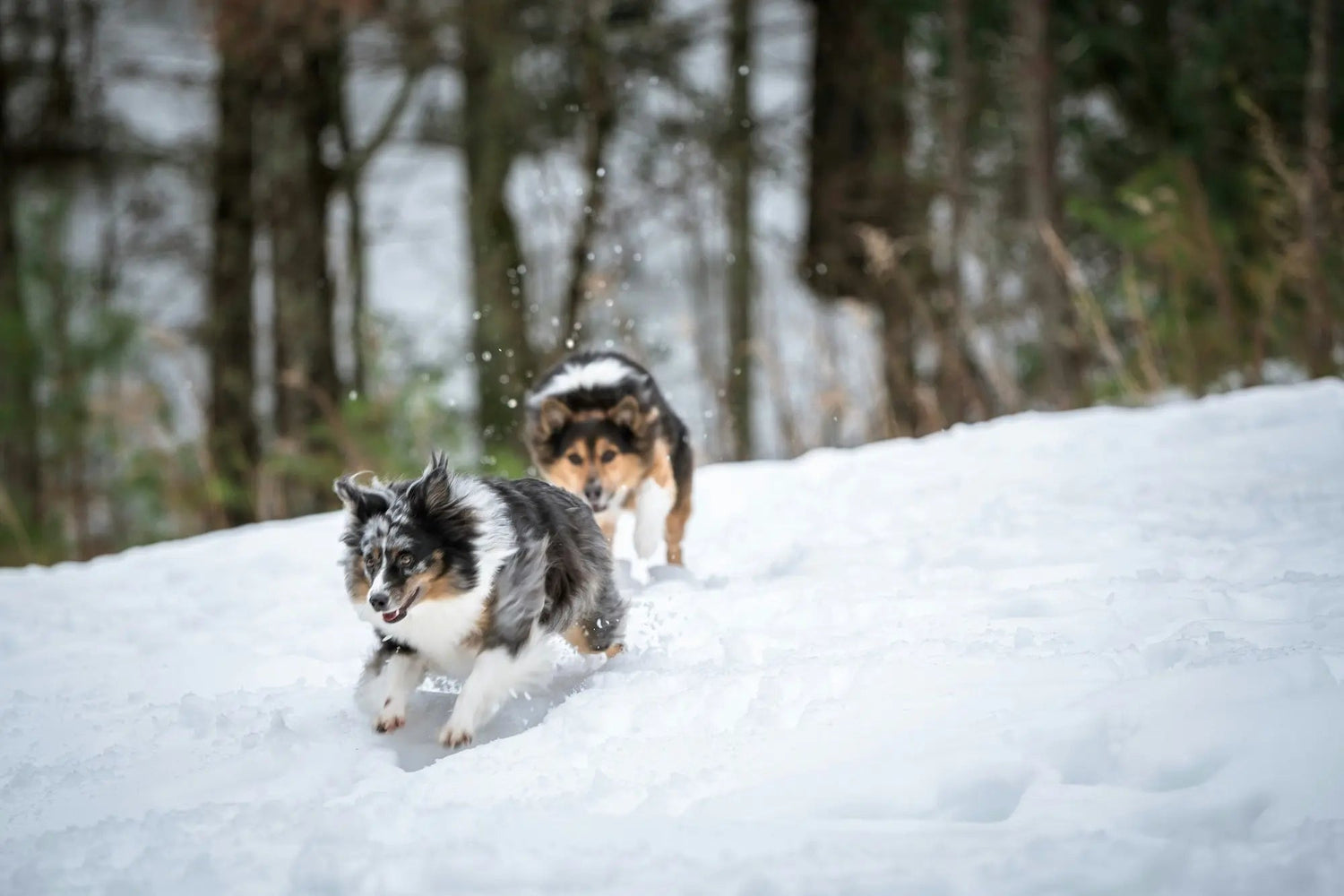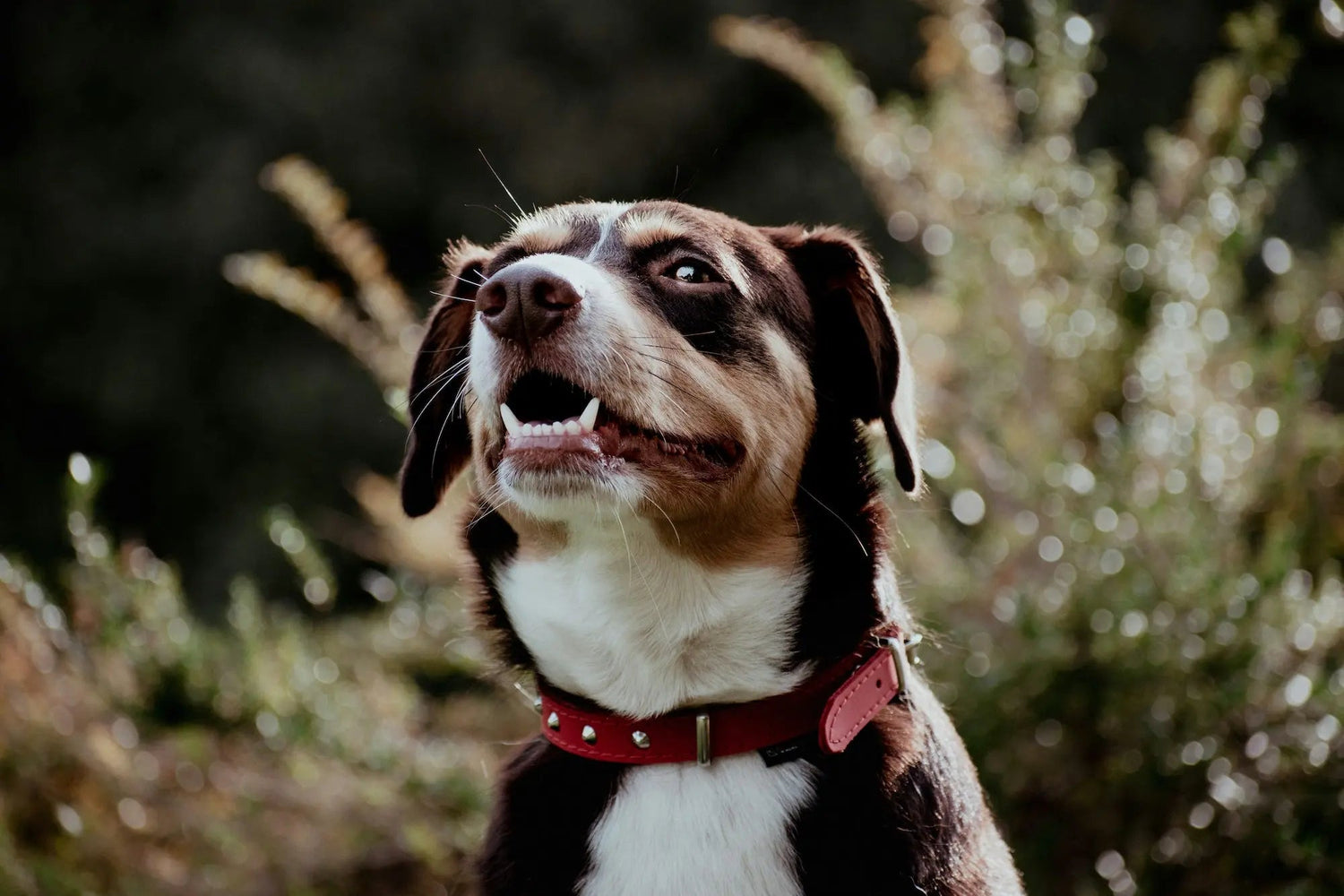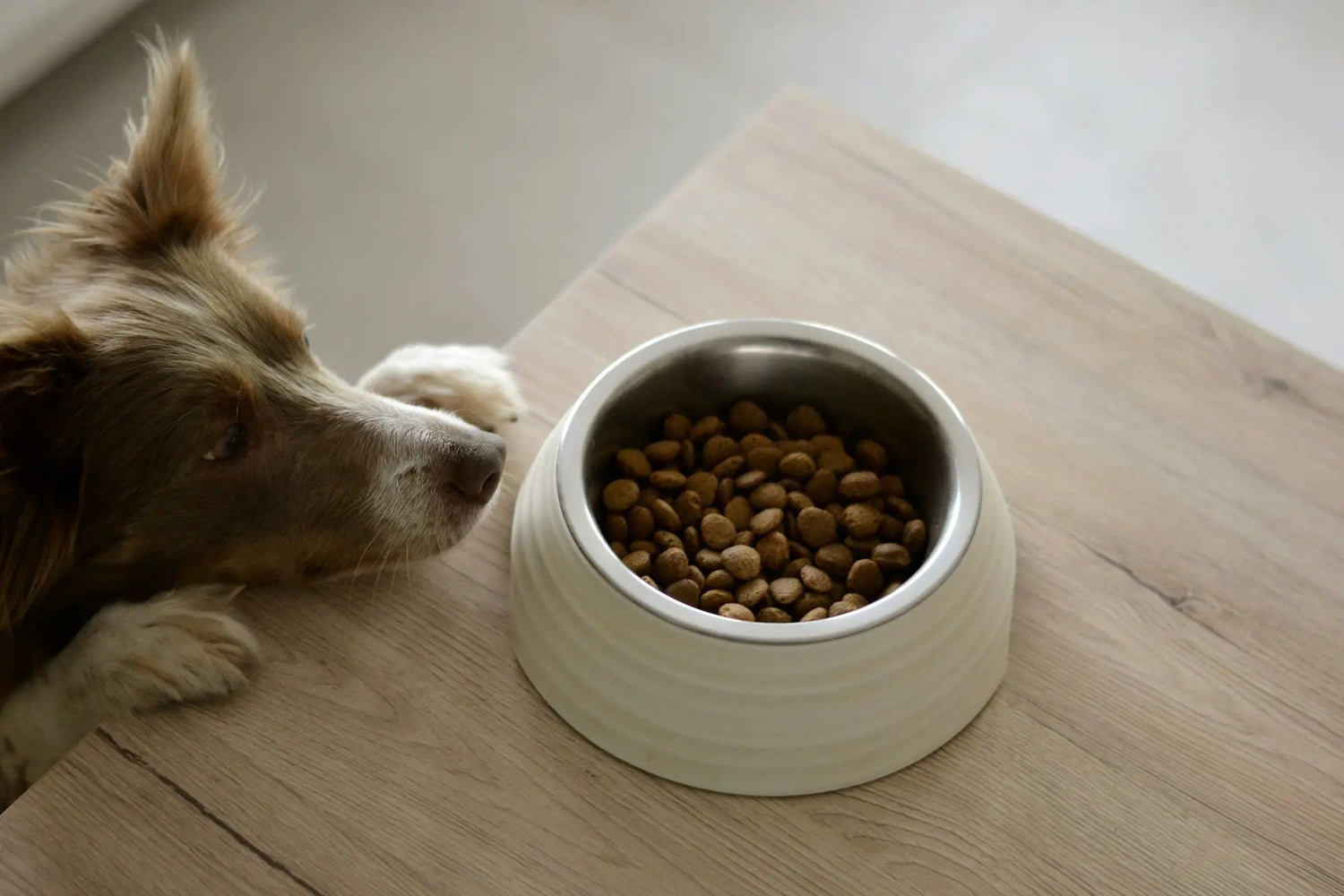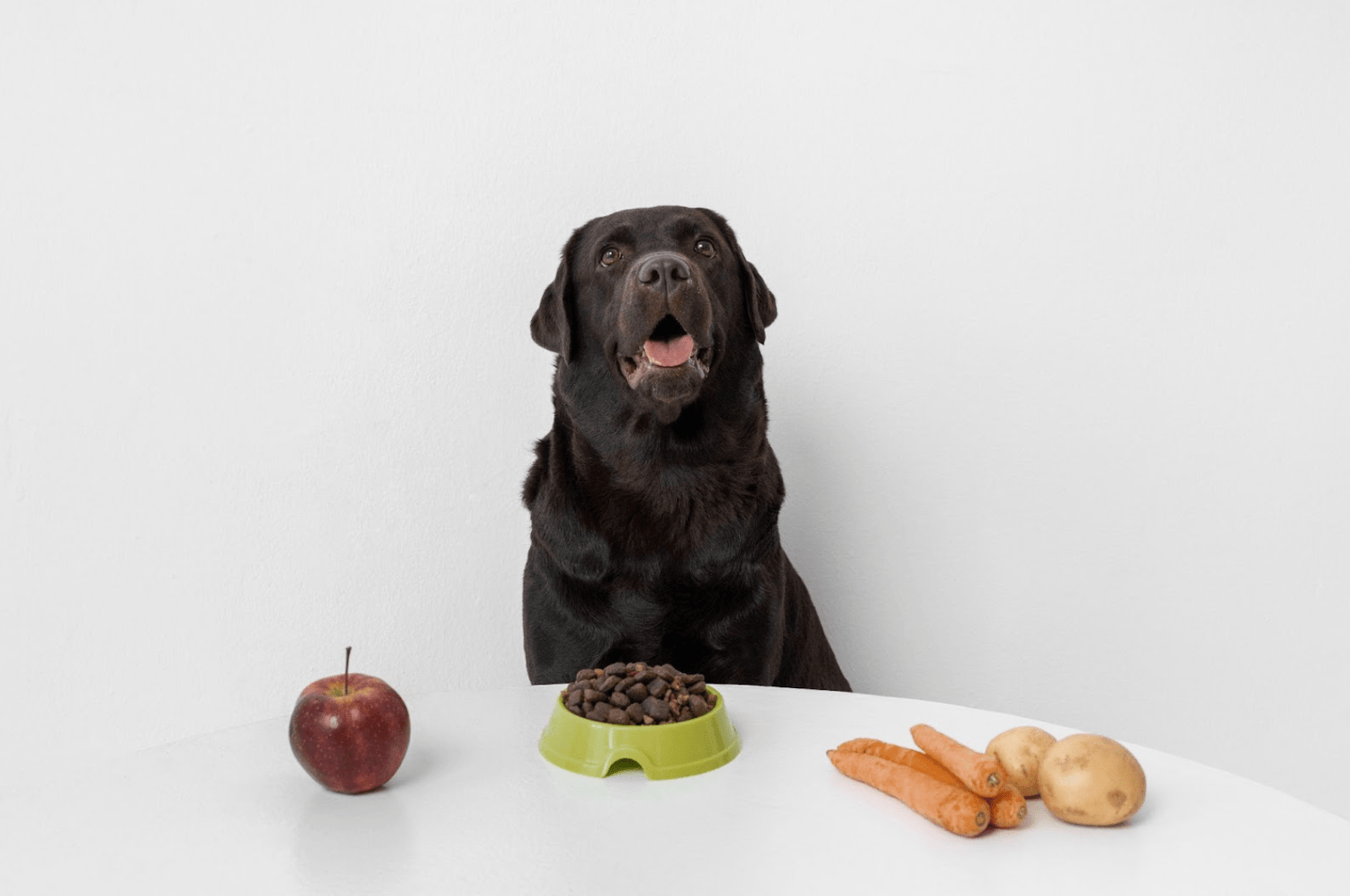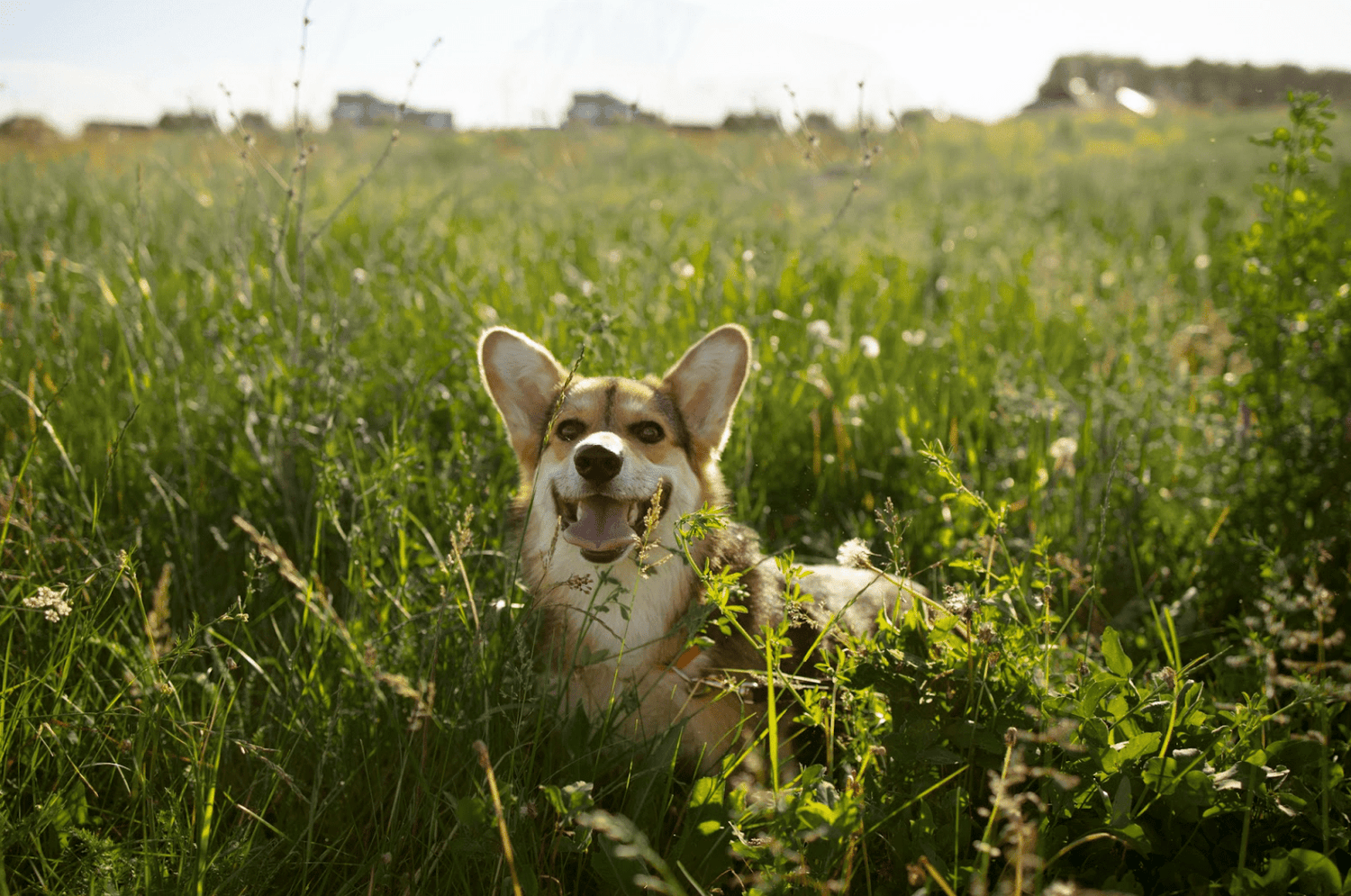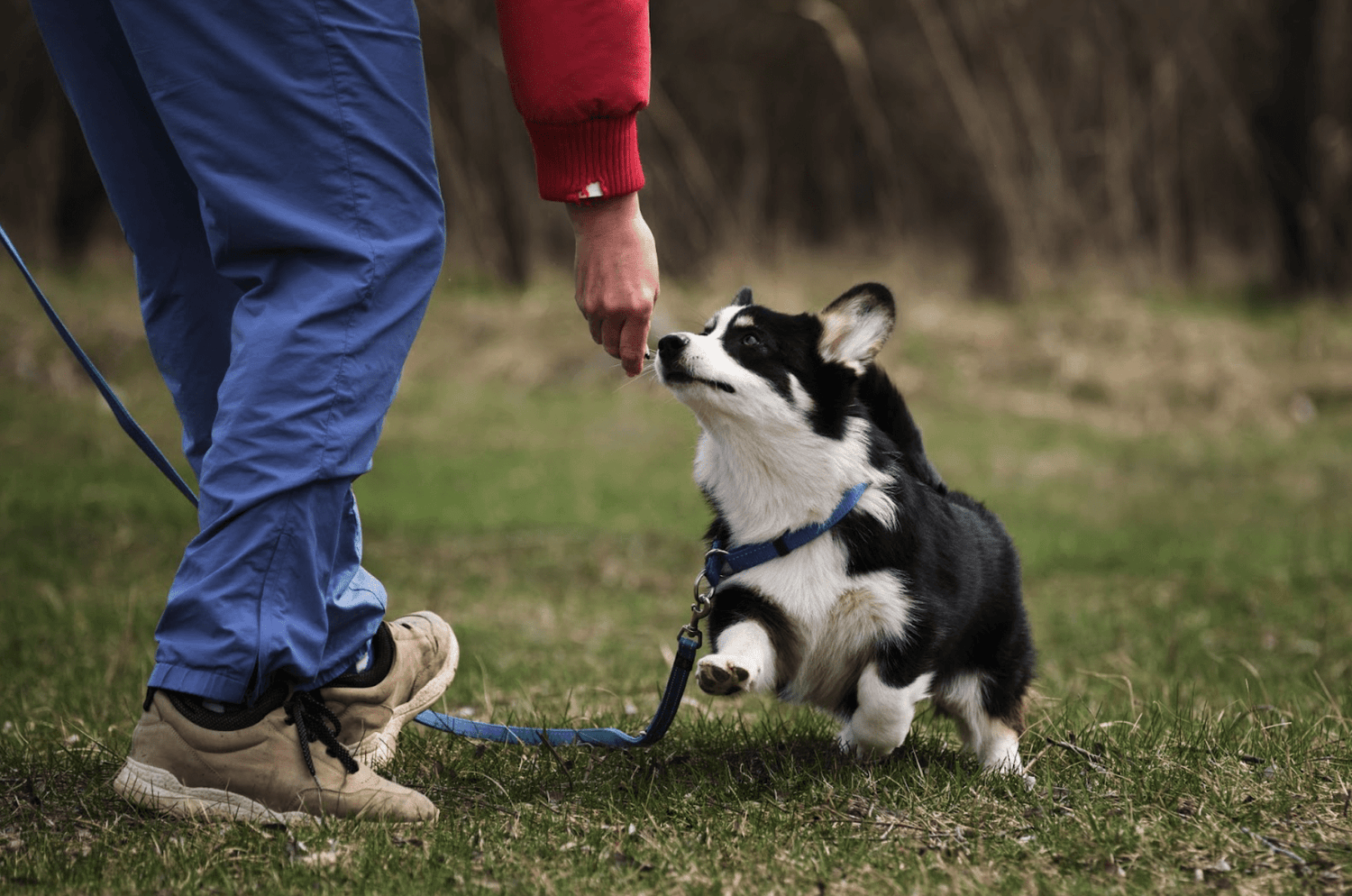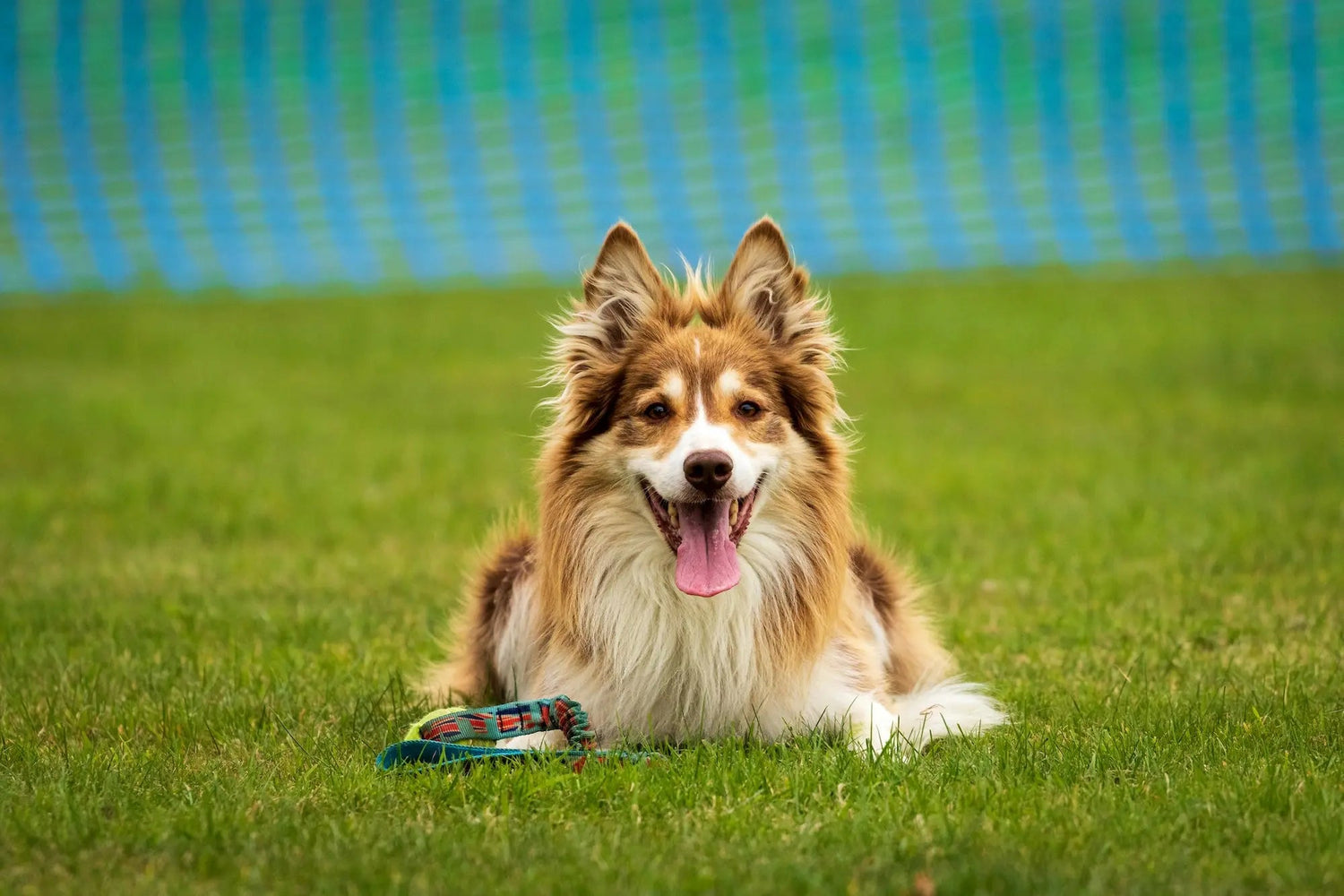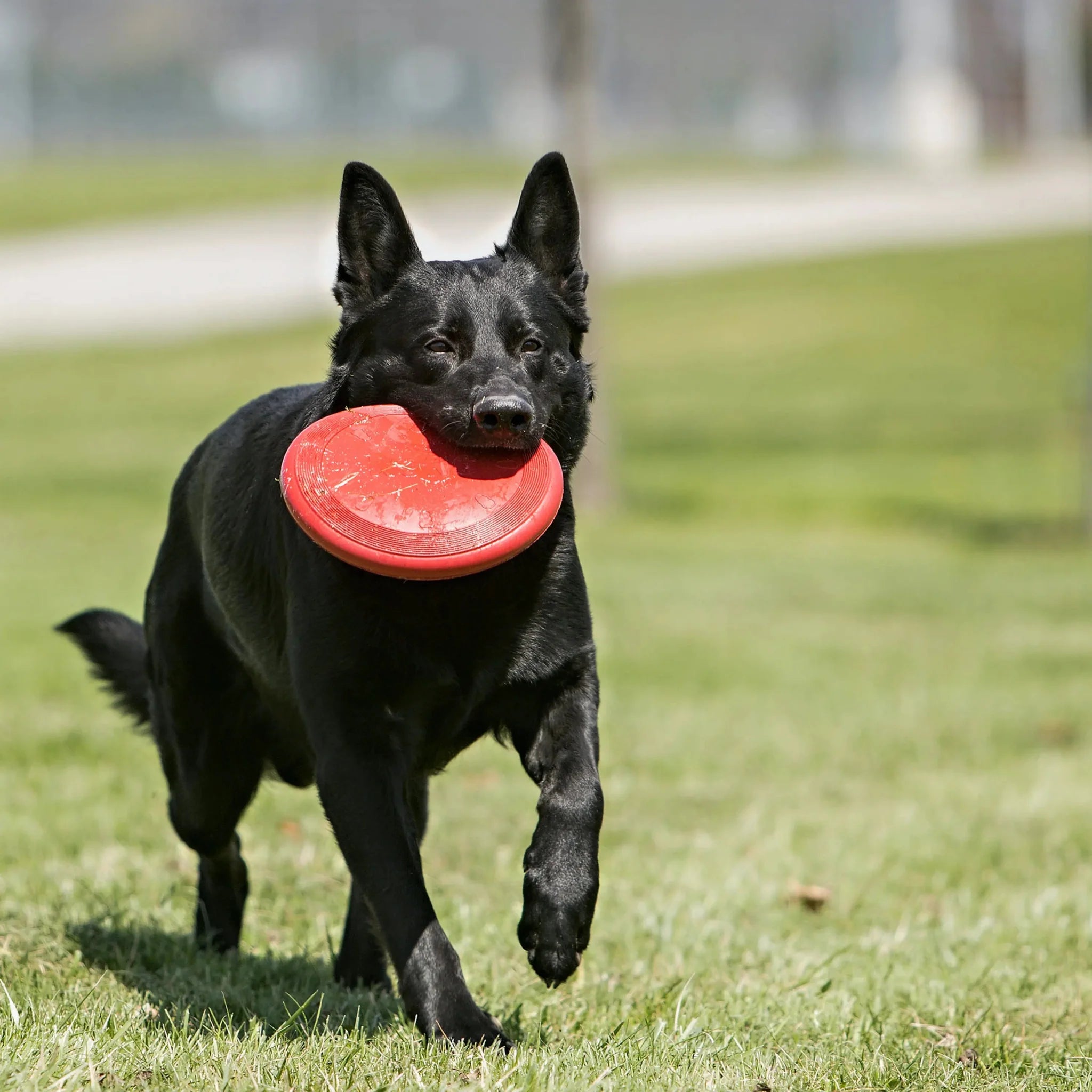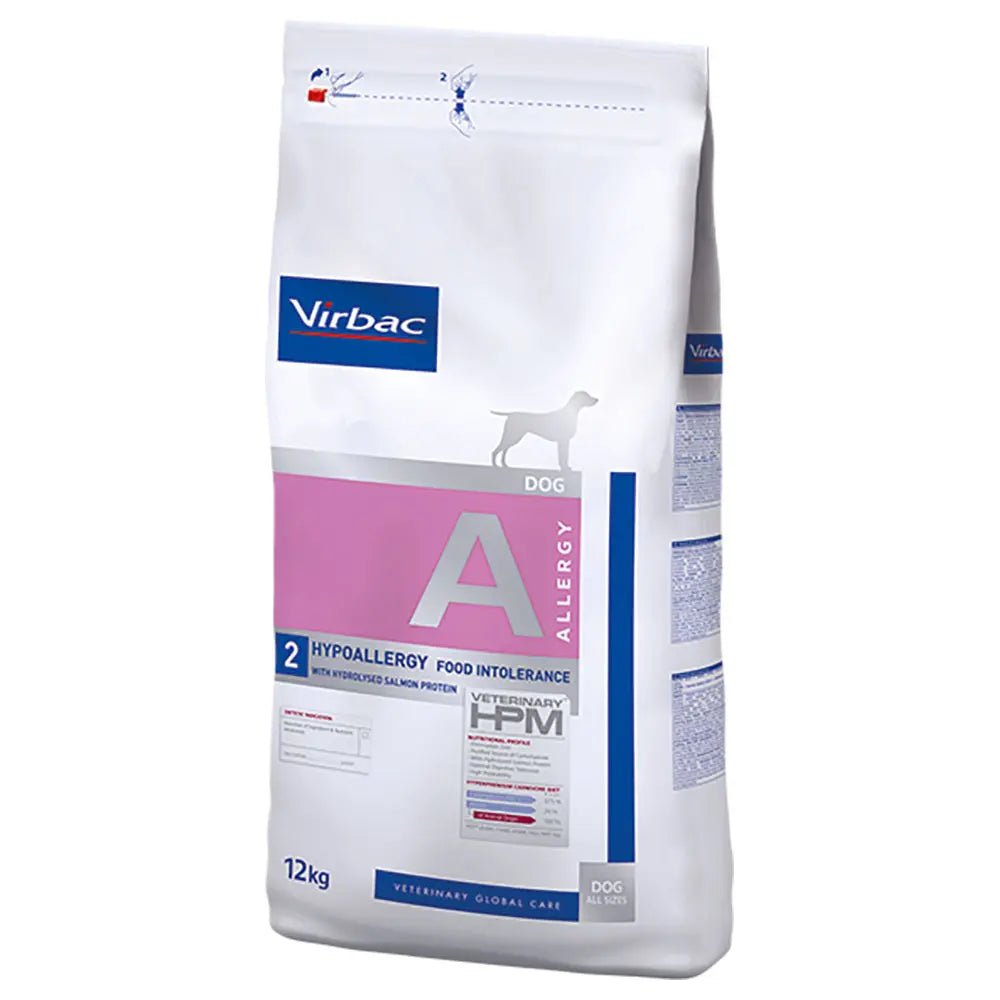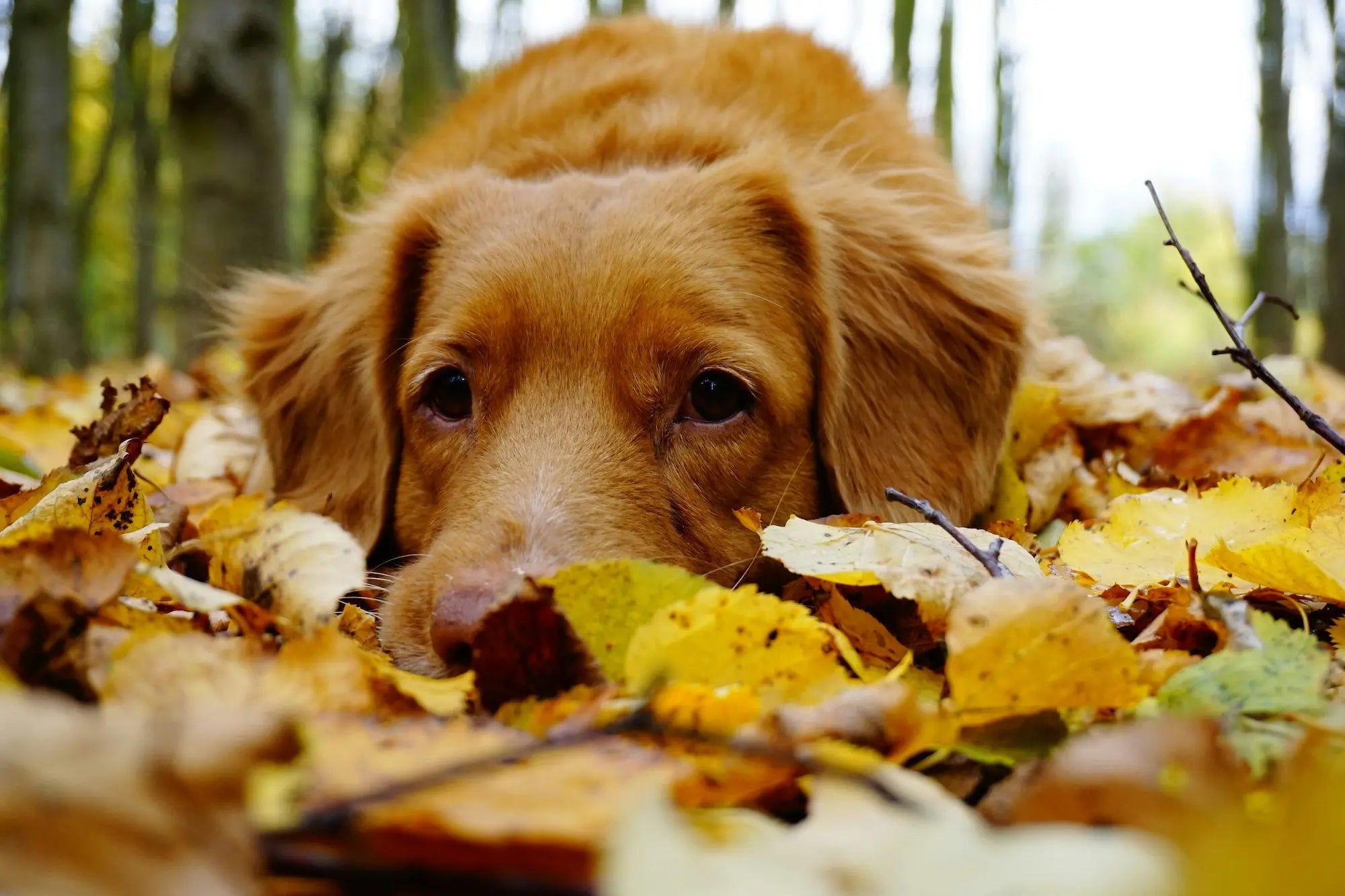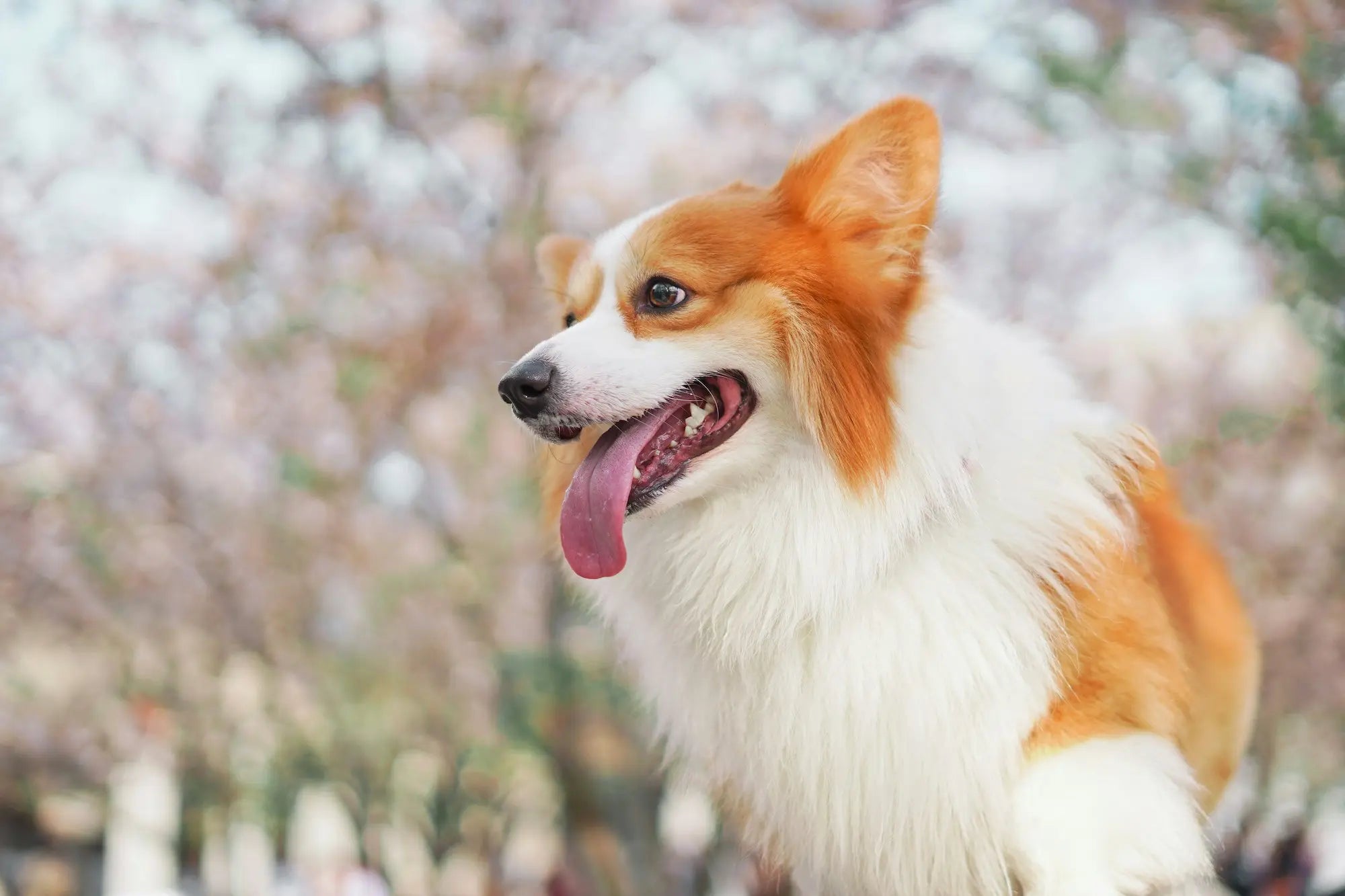Everything for dogs
Everything for dogs
Easter etiquette rules for dogs
The Easter holiday is a time for cuddling and outdoor activities, but it can also present challenges for your dog. Cold, sharp skis, dangerous food and long walks require extra care. Here are the most important Easter etiquette rules for dogs, so that both you and your four-legged friend can enjoy Easter safely.
Easter treats for dogs
Easter can be risky for dogs. Learn how to protect your four-legged friend from chocolate, bones, hiking hazards, and stress.
Food allergies in dogs: What you should know!
Is your dog itching, having digestive issues, or skin irritation? It could be a food allergy. Learn how to identify and treat food allergies in dogs.
Winter activities with the dog
Winter is a wonderful time to enjoy outdoor activities with your dog. Read on for our tips for a fun and safe winter with your dog!
How to keep your dog's dental health in top shape
Maintaining good dental health in your dog is essential for their overall well-being and quality of life. Check out our tips and advice for looking after your dog's dental health!
How to choose the right food for your dog?
The right food is essential to ensuring your dog's health and well-being. But how can you be sure you're choosing the best dog food?
Hiking with a dog in the fall: Everything you need to know
Autumn is a magical time to explore nature, and what could be better than taking your dog on a mountain hike?
What can dogs eat?
Giving your dog the right food, both quantity and type, is crucial for good health and a happy life. However, it can be a bit difficult to know exactly what your dog can and cannot eat. Many people may recognize the fact that your dog can seem like a furry vacuum cleaner, happily munching on whatever it can get its hands on. If you feel this applies to your four-legged friend, it is extra important to familiarize yourself with what dogs can and cannot eat. Read on to get the answer!
My dog is coughing: Advice on finding the cause of a dog's cough
Coughing in dogs often has a logical explanation, but you should take it seriously. A few coughs now and then are usually nothing to worry about, but if your dog coughs a lot or often, alarm bells should ring. It's a sign that something is wrong. Here you will find possible causes of coughing, as well as characteristics of coughing that can give a clue to what is causing it. You will also get good advice on how to deal with coughing in your dog. Why is my dog coughing? A dog's airways are very sensitive, which means that any irritation in the throat can cause coughing. This can be caused by anything from inflammation to small foreign objects like seeds and grains irritating the airways. However, a few coughs to protect against such foreign objects are part of your dog's natural defense, just like in humans. You should therefore keep an eye on how much and how often your dog coughs, to find the real cause of the coughing. Causes of coughing in dogs Your dog can cough for many different reasons. It can be caused by viral infections and foreign bodies in the body, but also serious illnesses such as pneumonia and heart problems. It can also be a common cold. Mild coughing, runny nose and sneezing are mild symptoms of a respiratory infection. Notice other symptoms beyond coughing Ask yourself questions about your dog's general condition. This will make it easier to determine the cause of the coughing. Is your four-legged friend as agile as before? Does it eat and drink normally? Is it sleeping? Does the dog have a fever? Is your dog quite healthy? If your dog is alert, has no fever, and is eating and drinking normally, you can wait 1 to 2 weeks and consider a visit to the vet after that. The infection may clear up on its own. However, it is very important that your dog gets enough rest. You can also check your body temperature along the way, while keeping an eye out for hoarseness and coughing. Different types of cough indicate the type of illness: Get the overview You can also look for characteristics in the cough to clarify whether it has a serious or natural cause. Get good advice on what indications to look for when classifying a cough and its possible cause below. Pneumonia Your dog's cough will sound soft if it has pneumonia. Fever and poor appetite are other symptoms of pneumonia that you can look out for. Heart disease A common cause of coughing is heart valve disease or heart muscle disease. This is of course a very serious condition, where you are looking for a continuous, soft cough. It is worse at night or when the dog is lying on its side. Veterinarians may prescribe heart medications if the disease is diagnosed. Kennel cough If kennel cough is the cause of the cough, it will sound dry. It will be raspy and choppy. Kennel cough is a collective term for a respiratory infection caused by both viruses and bacteria. Dogs are often infected at the park or during obedience training, where several dogs come into close contact with each other. Kennel cough will go away on its own, but can be treated with antibiotics. It is also possible to vaccinate your dog against kennel cough. Tracheal collapse The cough is dry, hacking, and spasmodic. Tracheal collapse is an unfortunate genetic condition in some dogs, where the windpipe collapses or the airways are too narrow. Small dogs are more commonly affected by this condition. Weight loss, antibiotics, and sedatives are among the treatments. I have an older dog who is coughing and vomiting. What do I do? If your dog is coughing and vomiting, you should keep an eye on him and consider taking him to the vet . If he is coughing more than normal, a vet visit is the rule. In older dogs, heart failure and tumors are more likely causes of coughing than in younger dogs. Of course, older dogs can also cough due to infections, but this is usually a more likely explanation for coughing in younger dogs. What do I do if my puppy has a cold? Puppies are more sensitive than adult dogs and are at greater risk of developing other infections when their general condition is compromised. Therefore, contact your veterinarian if you have a puppy with cold symptoms. Take your dog to the vet If your dog is generally alert, you can monitor the symptoms for a couple of weeks and consider visiting the vet regularly. The infection may clear up on its own within two weeks. Avoid excessive physical activity and contact with other dogs while the dog is still coughing. If the condition worsens or remains the same, you should have a vet check it out. You can expect to be asked several questions. The vet will ask about when, where and how the coughing started. They will also ask about the dog's general condition to locate inflamed airways and find the cause of the coughing. Signs that your coughing dog should visit the vet: If it seems sick apart from the coughing itself. The hosting has persisted for more than 2 weeks. If the coughing becomes more and more severe. Book an appointment at A-Vet Pet Clinic to check the hosting
Everything you need to know about ticks on dogs
Ticks on dogs are normal and for most dog owners, removing ticks is a routine matter. Your four-legged friend often goes exploring off-trails in the bush and brush, and this is where ticks live. The tick jumps on the dog and bites hard. It is therefore a good idea to check the fur after every walk and remove the tick as quickly as possible. The faster you remove it, the less chance of developing diseases. You can also prevent tick-borne diseases with tick repellent, and vaccinate your dog against Lyme disease and similar diseases. What are ticks? Ticks are blood-sucking mites that carry bacteria and viruses that can cause serious diseases. They suck blood from infected mammals and spread it to other animals and humans. These are infectious agents that you and your four-legged friend want to avoid. How do dogs get ticks? The tick jumps on and grabs onto the dog when it walks in the grass and woods. It can remain attached to the body for up to 10 days before letting go. This depends on its stage of development, whether it is a larva or an adult. Dogs are vulnerable to ticks because they are often adventurous, active in nature and curious about both animals and plants. Where do dogs and ticks come into contact? Ticks are found throughout the Nordic region. In Sweden and Norway, most ticks are found in the south of the country, while they have been detected in most of Denmark. There is a high probability of encountering ticks in forests and tall grass. They thrive where there is shade and moisture. For example, deciduous forests with dense vegetation are a prime environment for ticks. Tick season Tick season runs from March to November. They tend to appear when daytime temperatures reach 4 to 5 degrees. Check for ticks on your dog The tick will likely settle near the dog's head. It thrives best on the neck, on the throat, around the ears and in the armpits. How do you remove ticks on a dog? It is crucial to remove the tick as quickly as possible. The risk of infection increases directly in proportion to how long the tick is left on the skin. After you have removed the tick, a red mark may appear. This may itch, but there is no need to apply anything to the inflammation. If parts of the tick are still attached, there is no direct danger associated with this, but try your best to remove all remnants of the tick. Procedure for removing ticks Use a tick remover or tweezers when removing ticks from your dog. Grasp the tick as close to the skin as possible and pull it straight off. Wash where the tick was, either with disinfectant or soap and water. List of tick-borne diseases Anaplasmosis Babesiosis Anaplasmosis is the most common tick-borne disease in dogs, and is also called sjodog. Lyme disease occurs less frequently in dogs, but the symptoms include joint pain, stiff muscles, and difficulty moving. Signs that your dog has been infected Lethargy Decreased appetite Fever and poor general condition Reduced mobility Treatment of ticks and other tick-borne diseases It is rare for a dog to become seriously ill from a tick bite, but if the unfortunate event occurs, there are treatments for tick-borne diseases. You should contact your veterinarian for proper treatment of such diseases. If you want to prevent diseases and protect your dog from future tick bites, you can use prescription and over-the-counter tick repellents. Tick repellent Several products have scientifically documented effectiveness against ticks, either as a repellent or an eliminating effect. If they are repellent, the tick will not attach to the skin, while others kill the tick directly after contact. Examples of these are spot-on products, chewable tablets and collars. It is important to check the duration and instructions for use when purchasing such products. List of tick preventatives Chewable tablets: Fast-acting, lasts 8 to 12 weeks and is available by prescription. Spot-on drops: 2 to 3 days of action, effective for 4 weeks and available both as a prescription and over-the-counter. Collar: Effective after one week, effective for 5 to 8 months and must be obtained by prescription. Do you suspect illness after a tick bite? Get expert advice from A-Vet's veterinarian How to prevent your dog from getting ticks again Check the fur regularly for tick bites It is a good idea to go through the fur after every trip during tick season and if you are moving in an area with a lot of ticks. Comb the fur carefully with a brush. Hopefully the tick has not bitten. It takes some time for it to decide where to attach itself. Regular brushing can therefore be a good preventive measure. See our selection of brushes and other fur care products Removing undergrowth and large bushes If there is a lot of undergrowth and tall grass around your house, it may be beneficial to cut it down. This will significantly reduce the tick population and is beneficial if you want to reduce the chance of your dog getting ticks. Tick vaccine You can vaccinate your dog against Lyme disease at a veterinarian. The Lyme disease vaccine protects against tick-borne diseases, and should be given in the winter months to ensure your dog is protected before the tick season (when the temperature is +5℃). Even with the vaccine, the tick will attach to the skin, but it will not cause any health damage. However, it is important to continue checking your dog for ticks. Book an appointment for the Lyme disease vaccine at A-Vets clinic in Larvik Contact your veterinarian if your dog becomes very ill. If your dog is sick and you suspect that there is a connection between the symptoms and a possible tick bite, you can contact a veterinarian. This is especially true if your dog has a fever or a decreased general condition. In case of side effects after using tick repellent or other preparations, you should also contact a veterinarian. Our small animal clinic in Larvik is experienced in treating tick bites in dogs and other animals. A-Vet helps you and your best friend when you need it. Frequently asked questions about ticks on dogs Is it dangerous for dogs to get ticks? In principle, it is not dangerous for dogs to get ticks. It is very normal. That said, there is a risk that it will develop into more serious tick-borne diseases. Therefore, it is important to check your dog regularly and remove any ticks promptly. When should a dog receive tick repellent? Give your dog tick repellent during tick season, which is March to November, as a preventative measure against tick bites. How long do ticks stay on dogs? A tick can stay on a dog for up to 10 days. The stage of development of the tick and where it has attached itself to the dog determines how long it stays on the dog.
Dog summoning: 5 tips to get your dog to come to you whenever you want
"Lassi, come here!" . This is a typical example of dog training. It's about getting the dog to listen to your commands, so that it comes to you when you want it to. Training means that you can let your dog go free when it's not on a leash. This gives both you and your best friend a lot of freedom in everyday life - and a lot of joy!
Dog Activating: The Complete Guide
Dog exercise is about stimulating your dog's senses and skills, and giving your four-legged friend robust mental and physical health. The key to happiness and well-being is physical and mental exercise, where you give your dog the best conditions to thrive. We give you a complete guide to what that entails, as well as specific tips for mental exercise for your dog.


